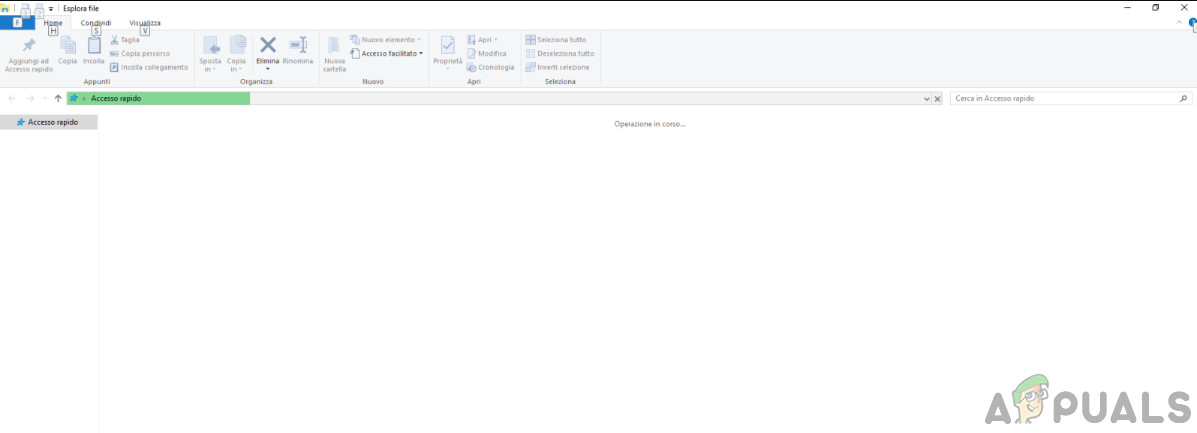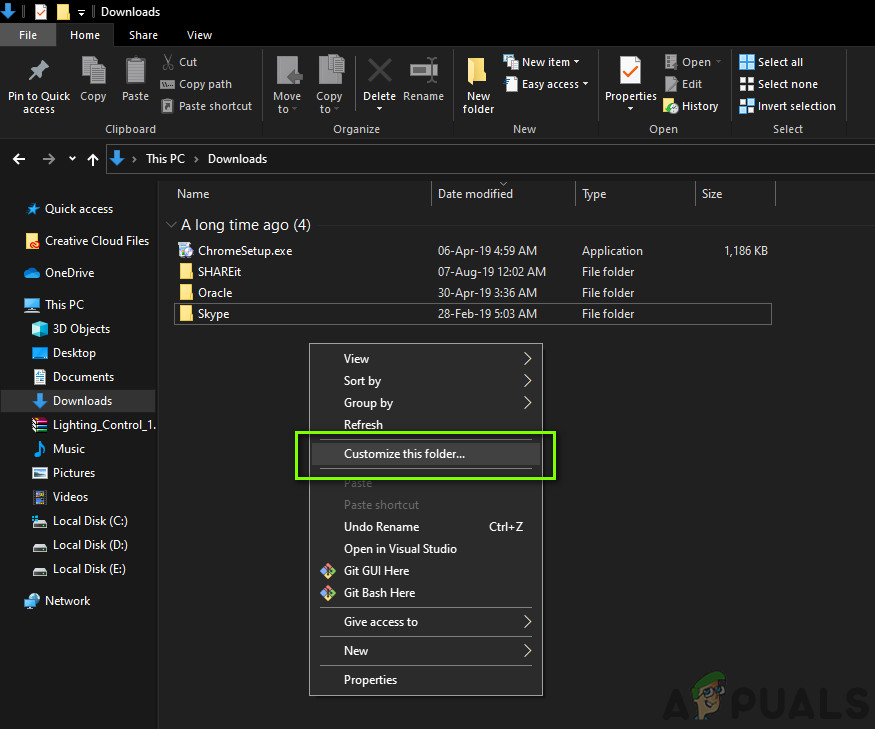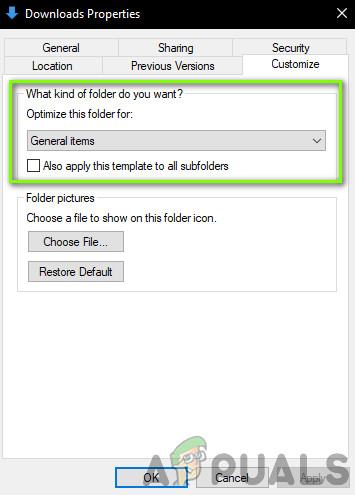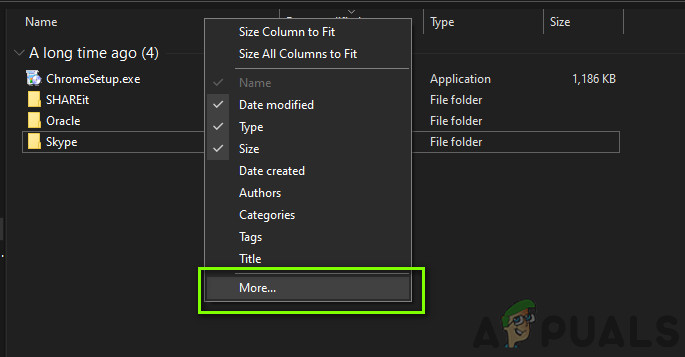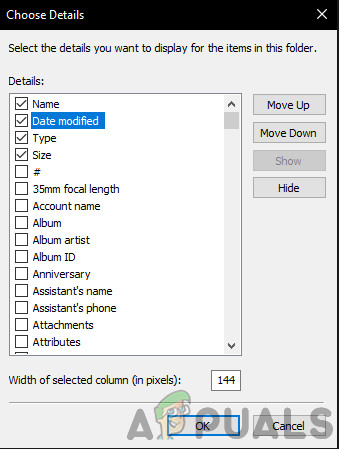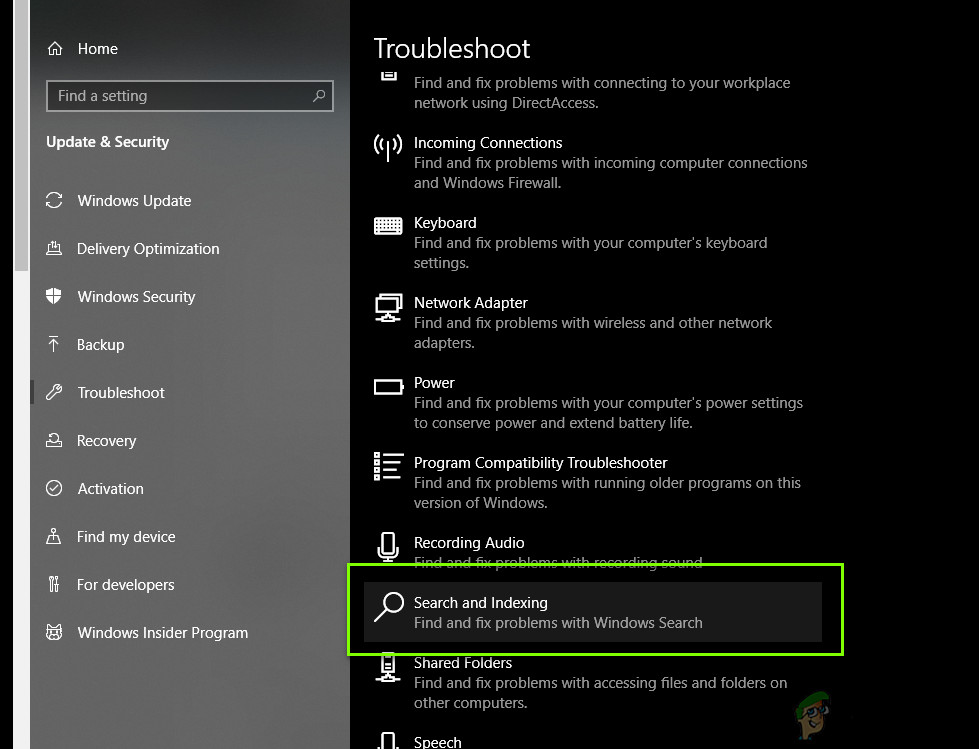Microsoft didn’t officially respond to the File Explorer issues. Even in forums, the moderators were suggesting general methods which included reset Windows. However, according to our research, there are numerous other techniques that you can use to bypass the error message.
Solution 1: Disabling Windows Search
Thanks to the hard work and dedication of a couple of the Windows 10 users who were affected by this problem in the past, the culprit was found to be the Windows Search service that would start automatically every time affected users’ computers booted up and they logged into them. That being the case, the simple solution to this problem is to disable the Windows Search service. However, disabling the Windows Search service can have a couple of pretty serious consequences – even though the Search feature in File Explorer works perfectly fine following the disabling of the Windows Search service, the Search bar in the Taskbar no longer works, along with a few Cortana features. In order to inhibit the Windows Search service from starting up every time you boot your computer up and log in to it so that you can ultimately resolve this problem, you need to:
Solution 2: Disabling OneDrive
OneDrive is a cloud platform that is owned by Microsoft and is usually integrated from the start in Windows operating systems. It offers users to directly store their files on the cloud by placing files/folders in the OneDrive folder present in the File Explorer. Since the File Explorer indexes the OneDrive folders as well, there is a possibility that OneDrive is bottlenecking the process. This was the case in numerous workstations of different users. Here, you can Disable OneDrive and then try loading the File Explorer after power cycling your computer. If this helps, you can keep OneDrive disabled. Note: You will be required to enter your credentials again after you log back in so make sure you have them at hand.
Solution 3: Changing Optimization
Windows offers users to optimize their folders population speed and search activity by optimizing the fetching process of different files and folders of some type. This helps the File Explorer in loading up and also speeds up the access. However, if the wrong optimization is set, you will experience issues with lots of loading time. In this solution, we will navigate to the problematic folder and change its optimization.
Solution 4: Replacing Date Created Column
Windows File Explorer has several different columns available which are listed down whenever you launch the application. This includes name, date, size, etc. However, numerous users have the column of Date. The Date is not present in the file system metadata but has to be extracted from each individual file which in turn slows down the File Explorer. Here, we will replace the column of Date with Date modified and see if this fixes the problem.
Solution 5: Running Search and Indexing Troubleshooter
If the above workarounds don’t work, it probably means that there is some issue with the search and indexing module on your computer. The search and indexing module is responsible for populating the Windows Explorer with files and folders. If itself is not working properly, it will take a lot of time for File Explorer to populate. Windows has a set of different troubleshooters that automatically assess all the relevant processes in your computer and resets them if needed. We will run the search and indexing troubleshooter in this solution.
Solution 6: Running SFC/DISM Scans
If none of the above methods work, there might be a possibility that your system has corrupt files or modules which are causing issues with the File Explorer and forcing it to load so slow. System File Checker is an in-built utility in Windows 10 which allows users to scan their system files and replace all corrupt files (if any). Run an SFC scan followed by DISM. You may be required to run the SFC scan numerous times until all the errors are eradicated from the system. Restart your computer after this is done and check if the problem is solved.
SOLVED: Windows Live Mail 2012 Will Not Open After upgrading to Windows 10SOLVED: Internet Explorer 11 Not RespondingSOLVED: Internet Explorer cannot display the webpageSOLVED: Internet Explorer 11 Stops Working Because of iertutil.dll
